Queen Victoria's daughter died owing money for cigarettes
Mon 24 Dec 2018, 11:21:53
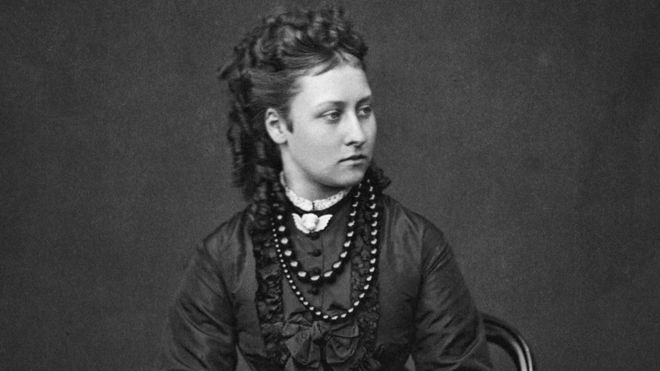
Princess Louise died in 1939, aged 91, with an unpaid cigarettes bill at R Lewis Limited, located near Buckingham Palace and St James's Palace.
The National Archives in Kew released details of Princess Louise's estate earlier this year.
Historians say it's "very unusual" for such personal documents to be released, as they are usually sealed.
The princess, a renowned artist, was the sixth child and fourth daughter of Queen Victoria and Prince Albert. She was known for her unconventional lifestyle.
Princess Louise's estate
According to the death duties file, Princess Louise left £239,260, 18 shillings and sixpence, worth more than £70m today.
However, the 15 shilling cigarette bill remained unpaid.
The debt would have bought 300 Players or Woodbines, the popular cigarette brands of the time - however, the documents don't say which one the princess smoked.
Louise's biographer, Lucinda Hawksley said the princess was an "inveterate" smoker. But she had to keep it hidden from her mother, who hated the habit.
It was only when her brother - Edward VII - became king, in 1901, that she could have a cigarette in the smoking rooms of the royal palaces.
Michael Nash, author of a book about royal wills, says the documents provide an extraordinary snapshot of the life of a royal princess in the 1930s.
He said he was hoping to find a trace of a the famous Nga Mauk ruby - owned by the rulers of Burma - in the papers.
The jewel was said to be the size of a duck egg and allegedly worth a "kingdom". It was, according to Mr Nash, turned into a bracelet for the princess.
The documents include a detailed catalogue of her jewellery, which was worth more than £30,000. But there is no sign of a substantial ruby.
'Four Brussels
sprouts'
sprouts'
Other mysteries also remain unsolved.
Ms Hawksley believes Princess Louise had an illegitimate son who was adopted by the son of her mother's gynaecologist.
There's no evidence in the files, but the names of many beneficiaries have been redacted.
According to the will, Princess Louise also left a substantial debt of £525 to an Australian doctor, K Rodas Shaw, of London's Harley Street.
He had been the Australian military doctor in World War One and during the 1920s became an enthusiast for soya beans.
In a newspaper interview in the 1920s he said "the possibilities of this new bean food are boundless".
However, the will does not reveal what medical treatment Dr Shaw gave the princess.
She was known for "health fads" and her love of exercise.
According to Mrs Hawksley, Princess Louise was determined to keep her slim figure, to avoid becoming a "hausfrau" - a woman regarded as being overly domesticated - like her mother.
She added: "Princess Alice, mother of Prince Philip, said she was once at a dinner with Princess Louise, where she ate the grand total of four Brussels sprouts."
Princess Louise was also a talented artist. Her sculpture of Queen Victoria still stands at Kensington Palace and she was friendly with many of the leading artists of the time.
The files show her collection included works by contemporaries, as well as great artists of the past, her own works and those of her mother.
She occupied a grand apartment in Kensington palace, now home to Prince William and his family.
In her private sitting room were the most valuable pieces, among them a "study of a lady with her back to the spectator", by the 18th Century French artist Antoine Watteau. It was valued at £400 in 1939.
No Comments For This Post, Be first to write a Comment.
Most viewed from International
Most viewed from World
AIMIM News
Latest Urdu News
Most Viewed
May 26, 2020
Can Lionel Messi's visit boost Indian football?
Latest Videos View All
Like Us
Home
About Us
Advertise With Us
All Polls
Epaper Archives
Privacy Policy
Contact Us
Download Etemaad App
© 2025 Etemaad Daily News, All Rights Reserved.











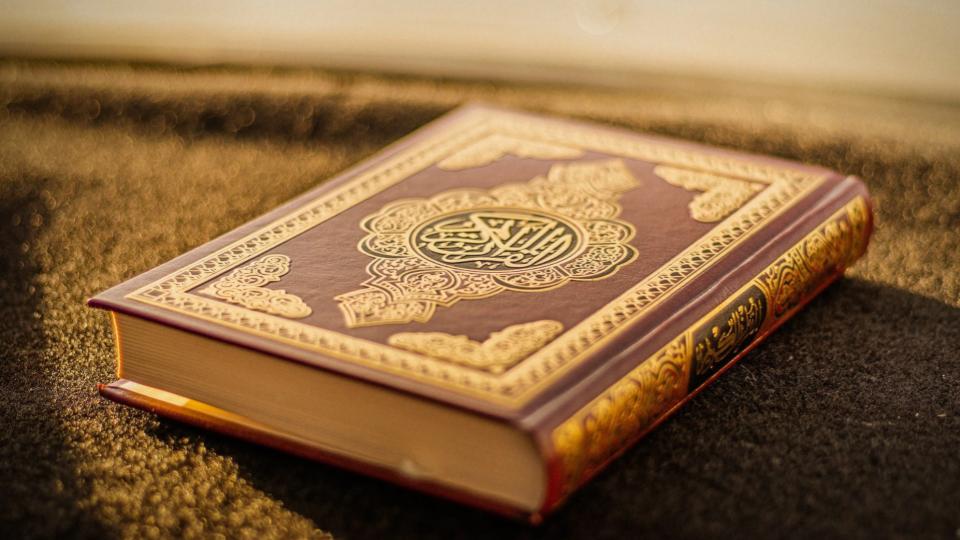

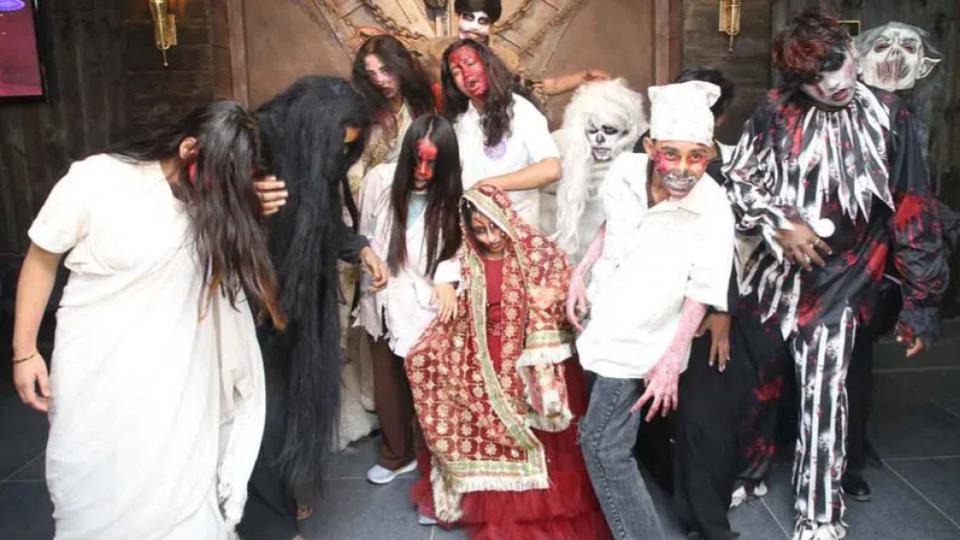



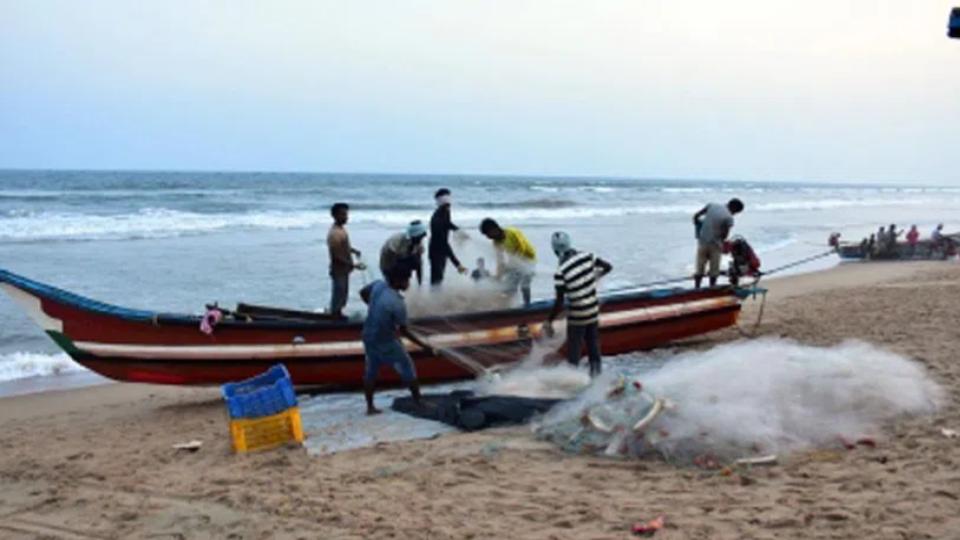


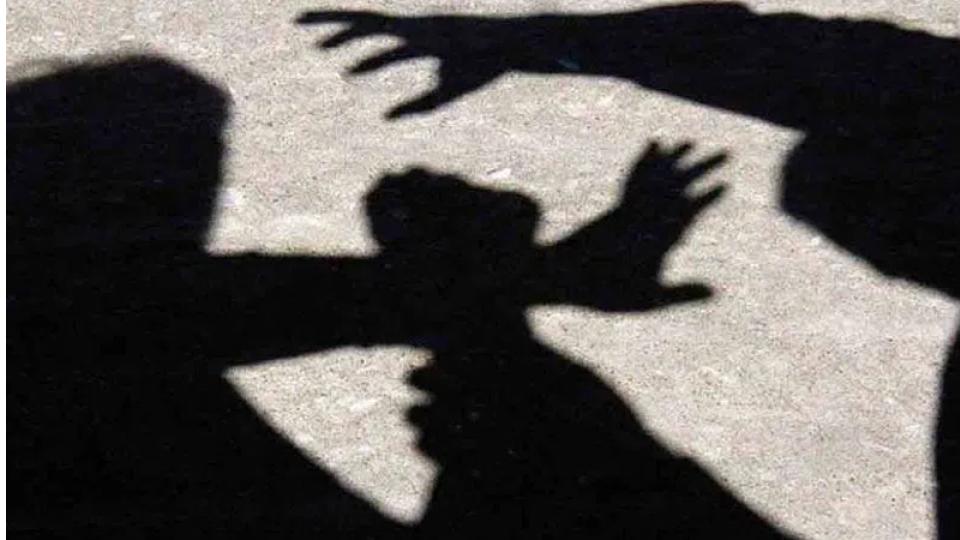
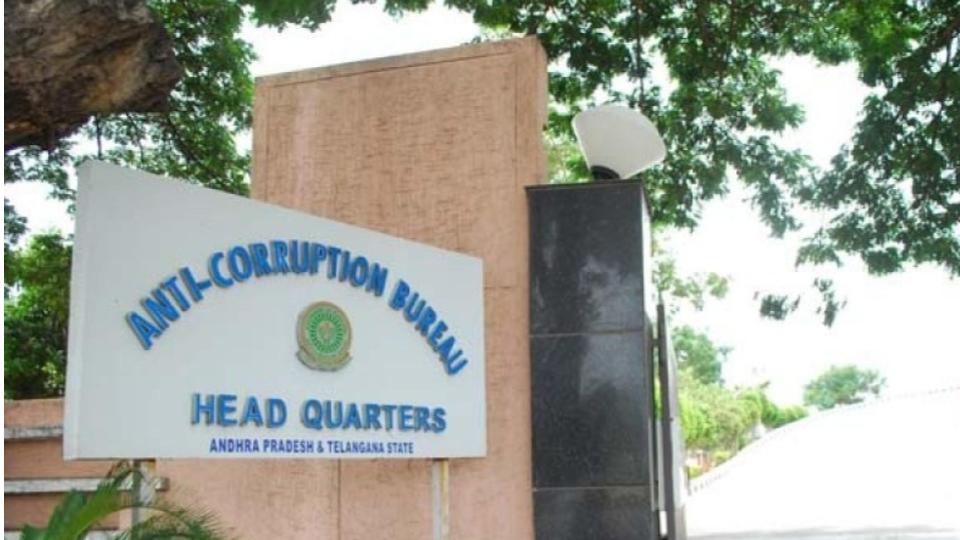
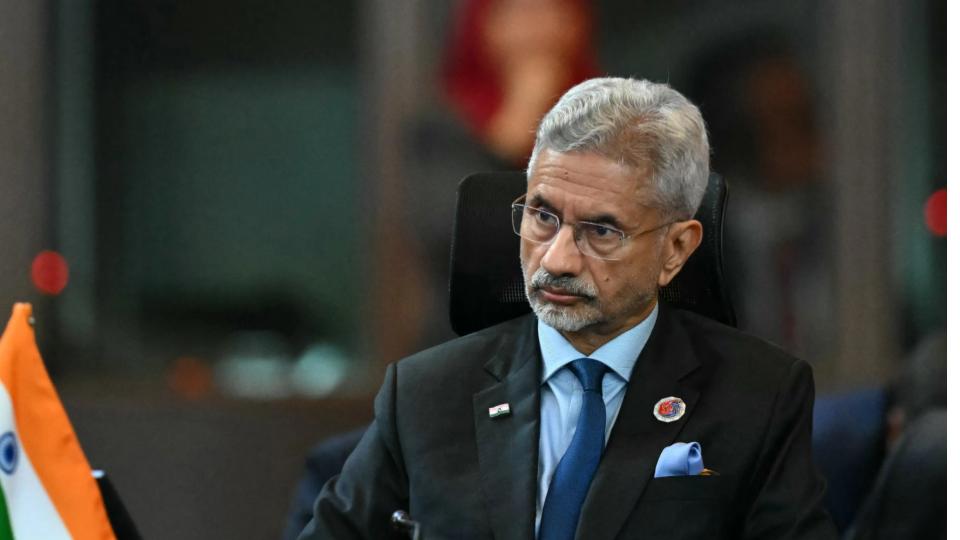

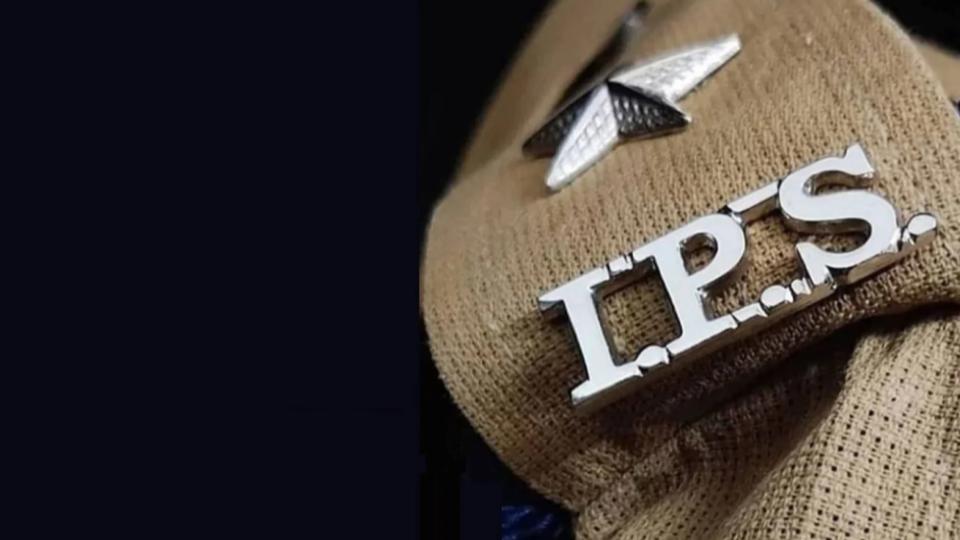

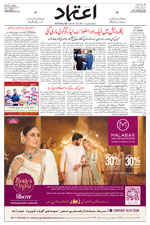










.jpg)
.jpg)
.jpg)


